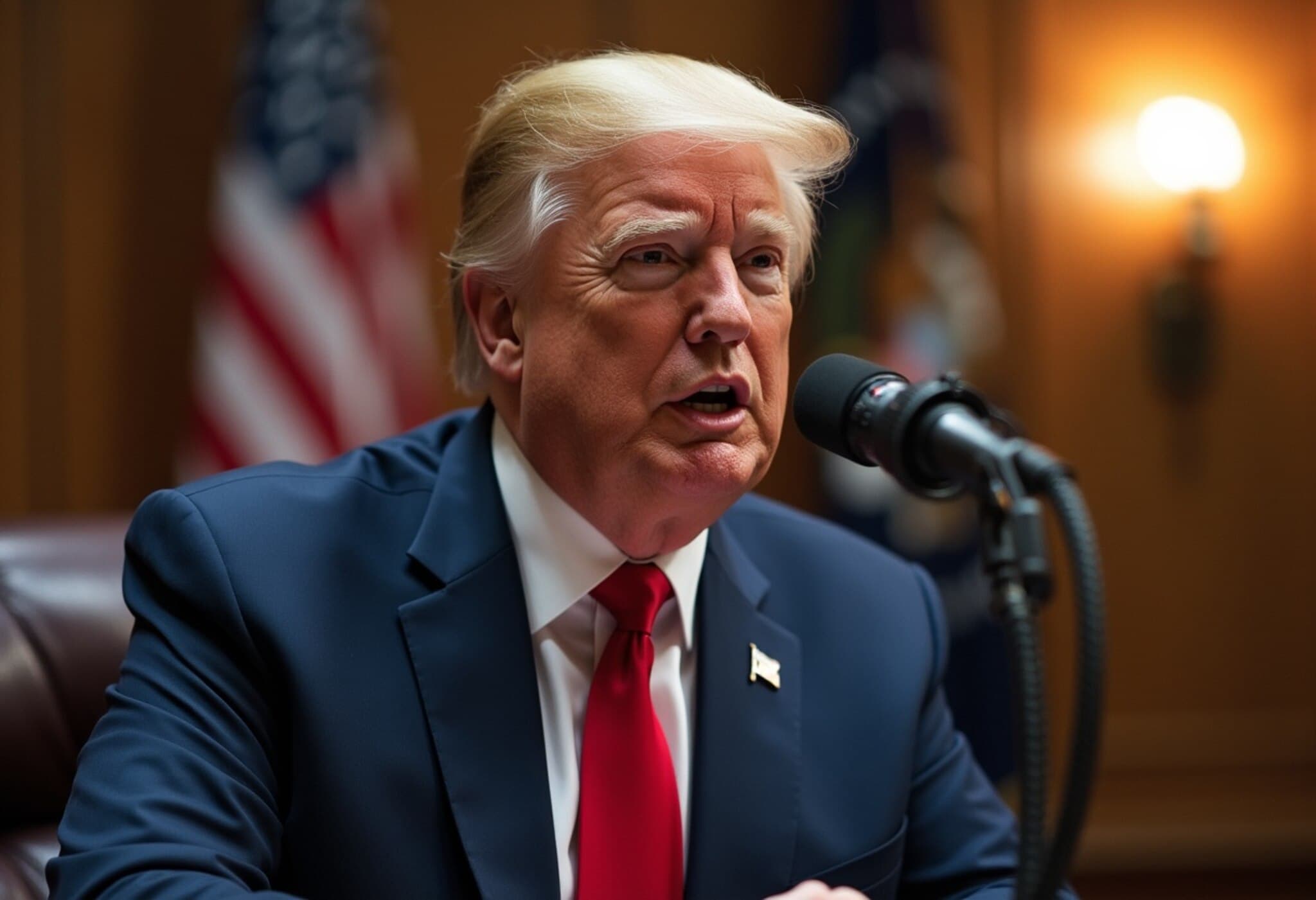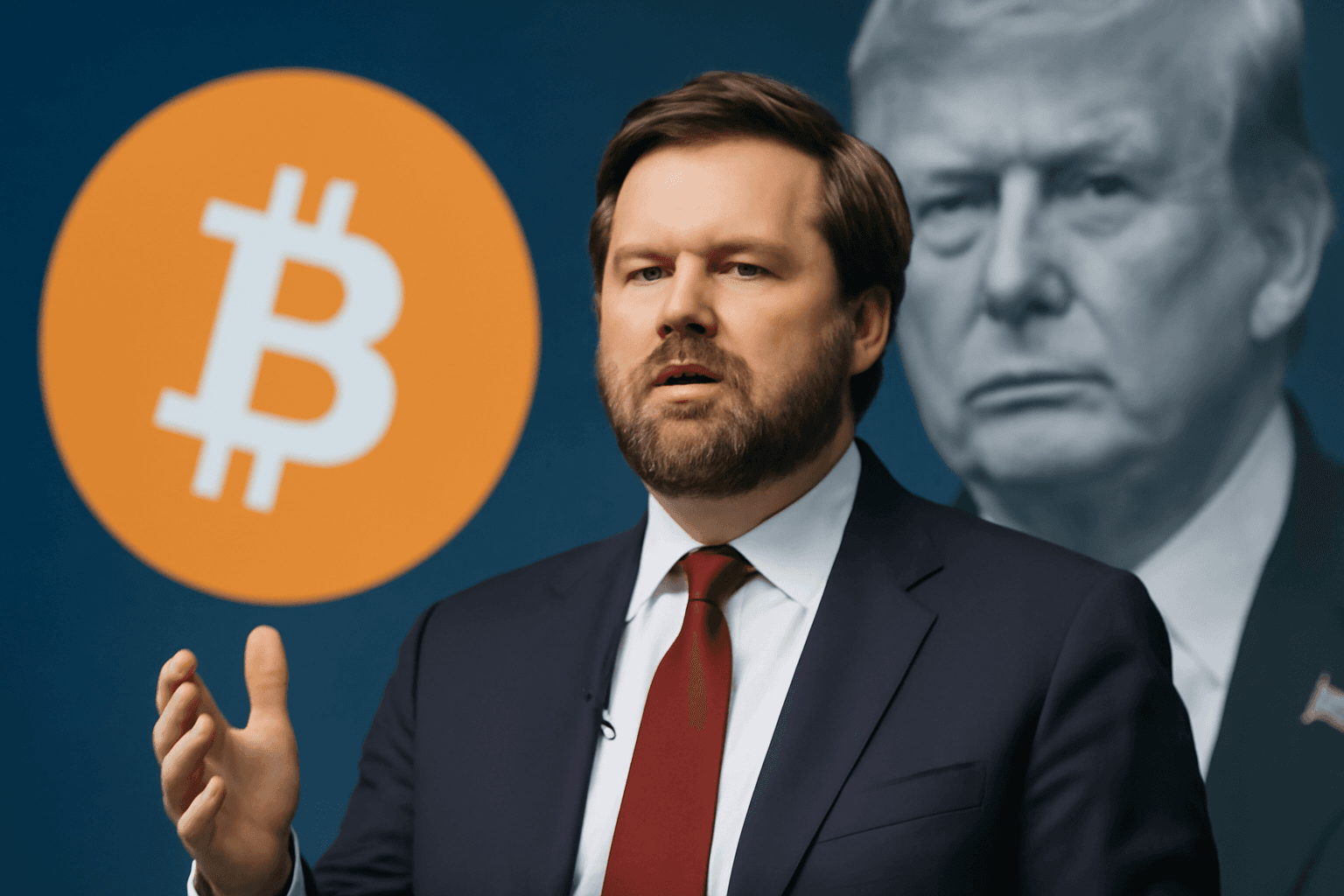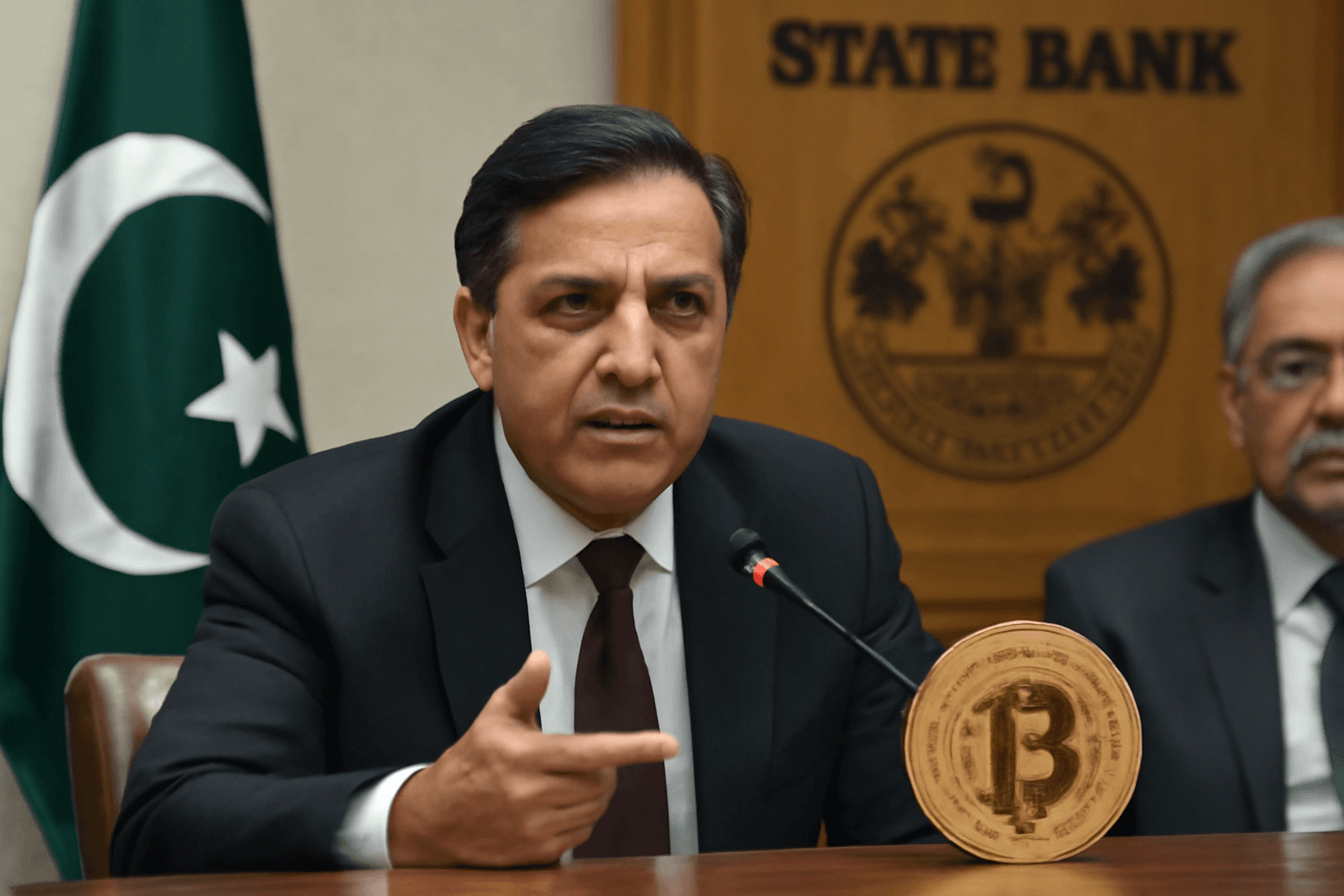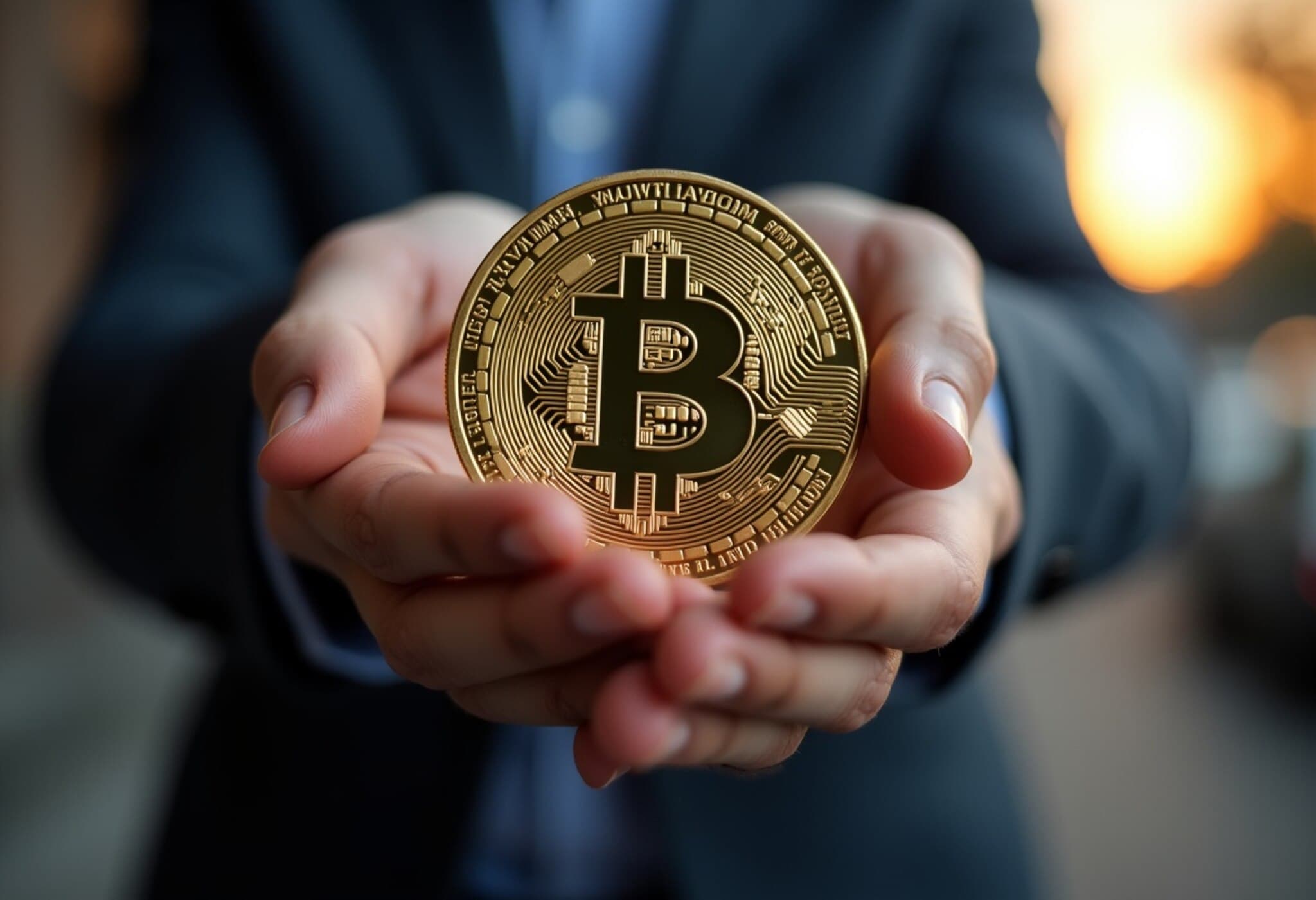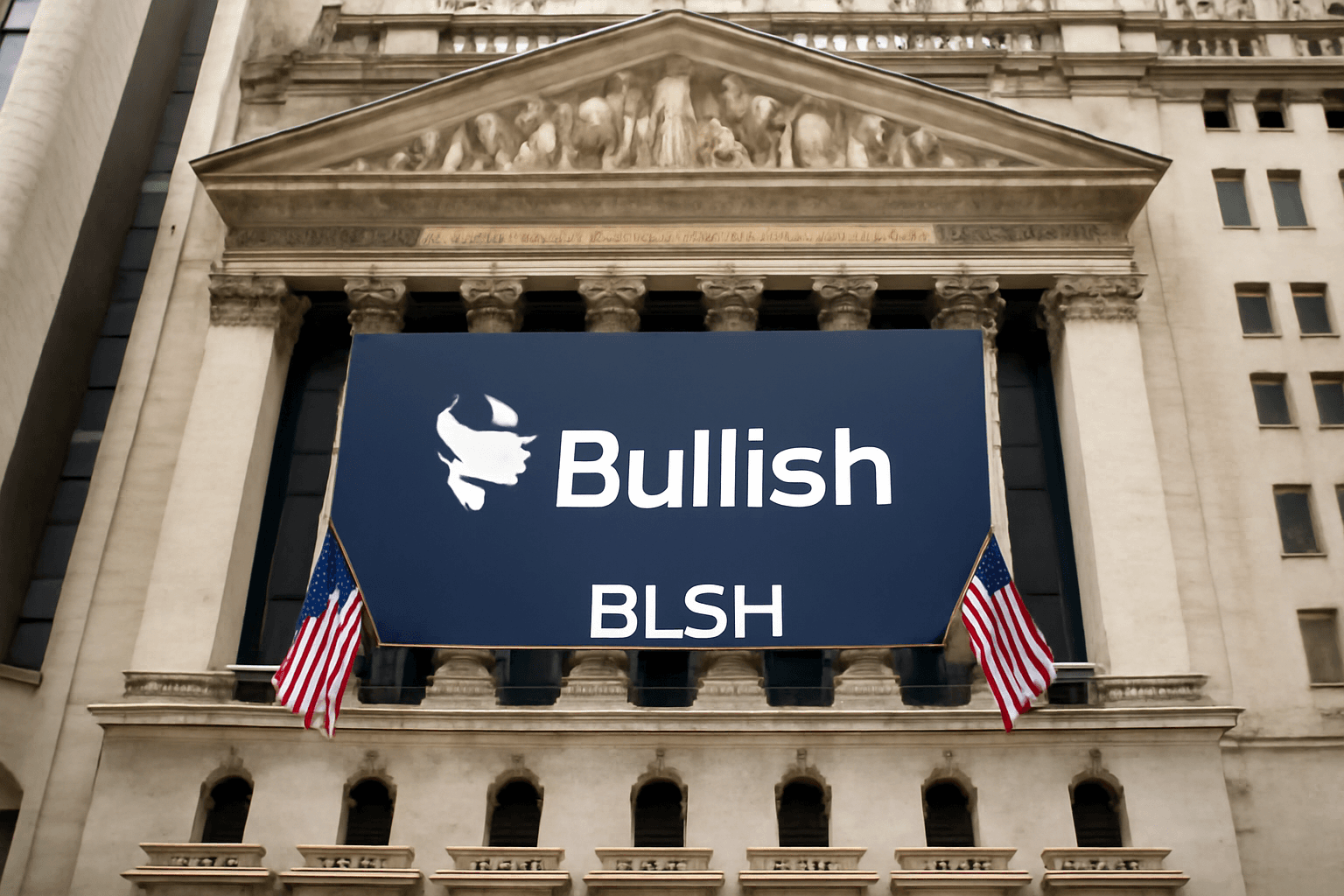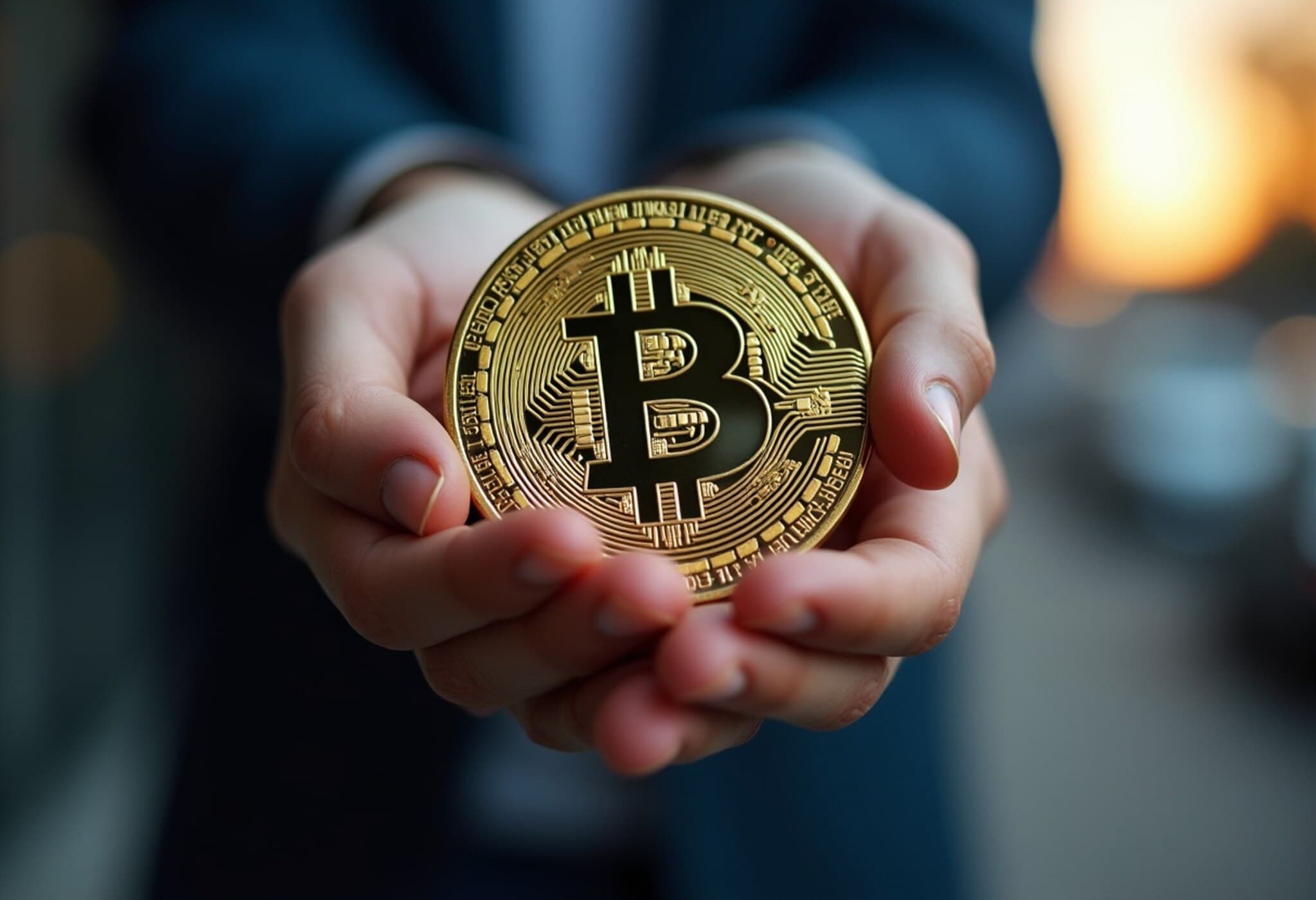JPMorgan CEO Jamie Dimon Signals Strategic Entry into Stablecoin Market
Jamie Dimon, CEO of JPMorgan Chase—the largest U.S. bank by assets—recently acknowledged the growing significance of stablecoins despite his personal skepticism about their appeal. Speaking during a high-profile conference call, Dimon emphasized that while the concept behind stablecoins puzzles him, JPMorgan cannot afford to ignore the sector’s transformative potential in the evolving payments landscape.
Stablecoins: A New Frontier in Digital Payments
Stablecoins are a subset of cryptocurrencies uniquely designed to maintain a steady value by pegging to traditional fiat currencies like the U.S. dollar. This feature positions them as potential game-changers in the financial industry, promising faster, cheaper, and more efficient payment methods compared to legacy systems such as ACH and SWIFT. Recognizing this, JPMorgan announced last month it will issue a highly controlled version of a stablecoin—one restricted exclusively to JPMorgan clients—which contrasts with traditional stablecoins meant for broader public use.
“We're going to be involved in both JPMorgan deposit coin and stablecoins to understand it, to be good at it,” Dimon stated. “I think they're real, but I don't know why you'd want to [use a] stablecoin as opposed to just payment.” This nuanced stance encapsulates Dimon's pragmatism: he may question the utility but refuses to ignore the innovation.
Fintech Competition Drives Innovation
Dimon’s cautious engagement stems from the escalating threat posed by nimble fintech firms. These startups are aggressively exploring financial innovation, aiming to replicate bank-like services including account creation, payment processing, and rewards programs—traditionally the stronghold of legacy banks.
“These guys are very smart,” Dimon remarked about fintech competitors, highlighting their ingenuity. “They're trying to figure out a way to create bank accounts, to get into payment systems and rewards programs, and we have to be cognizant of that. And the way to be cognizant is to be involved.”
For a titan that moves close to $10 trillion daily through its global payments network, remaining passive isn’t a viable option—it risks ceding crucial ground to disruptors rewriting the rules of finance.
Industry-Wide Movement Toward Digital Currency Adoption
This strategic pivot isn't exclusive to JPMorgan. Executives at Citigroup have openly discussed exploring issuance of a “Citi stablecoin,” viewing tokenized deposits and digital asset custody as primary growth areas. Similarly, Bank of America’s CEO Brian Moynihan affirmed his bank’s intention to enter the stablecoin arena.
One potential avenue for traditional banks is collaboration, much like their joint effort in creating Zelle—a popular instant peer-to-peer payment platform launched to compete with fintech firms such as Venmo and Cash App. Such collaborations leverage collective strengths to fend off fintech encroachment.
When pressed about possible alliances among banks to collectively issue stablecoins, Dimon responded cryptically, “That's a great question, and we'll leave it remaining as a question. You can assume we're thinking about all that.”
Why Stablecoins Matter for the U.S. Financial System
The U.S. financial ecosystem sits at a crossroads. As fintech companies expand, often operating with digital-native efficiencies and customer-centric innovations, traditional banks face pressure to evolve or risk marginalization. Stablecoins—if properly regulated and integrated—could bridge the old with the new, offering the reliability of established institutions paired with the agility of digital currencies.
However, the regulatory environment remains a critical factor. Stablecoins must navigate complex frameworks imposed by federal agencies, including the Treasury Department and the Securities and Exchange Commission. The Biden administration’s focus on digital currency regulation signals more clarity ahead, which could accelerate adoption among banks wary of legal risks.
Expert Commentary: A Balancing Act
From an industry analyst’s perspective, JPMorgan’s move reflects a pragmatic recognition that digital currencies are reshaping payment infrastructures globally. As Dimon navigates a personal skepticism with institutional openness, he underscores a broader narrative—legacy banks must adapt by assimilating innovative fintech technologies while leveraging their regulatory compliance and customer trust advantages.
The question remains: will these controlled stablecoin initiatives and potential bank coalitions offer a viable alternative to decentralized cryptocurrencies and fintech-led payment solutions? The coming months will reveal if the marriage of traditional and digital finance can sustain competitive advantage and consumer confidence alike.
Summary Box: Editor’s Note
- Jamie Dimon’s cautious yet proactive approach signals the banking sector’s acknowledgment of stablecoins as an essential innovation, not just a passing fad.
- The threat from fintech firms has accelerated legacy banks’ digital strategies, especially in payments.
- Regulatory clarity remains essential for banks to expand stablecoin offerings confidently.
- Potential collaborations among big banks could reshape the stablecoin ecosystem, balancing innovation with trust.
- For U.S. consumers and businesses, these developments promise more efficient and versatile payment options in the near future.
As stablecoins evolve from experimental tools to mainstream financial instruments, their integration will test the adaptability and foresight of established institutions, shaping how Americans transact in a digital-first economy.



